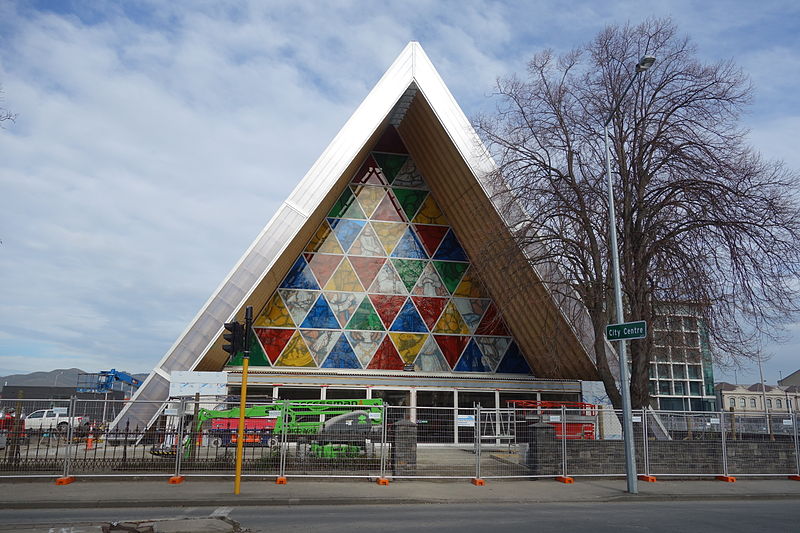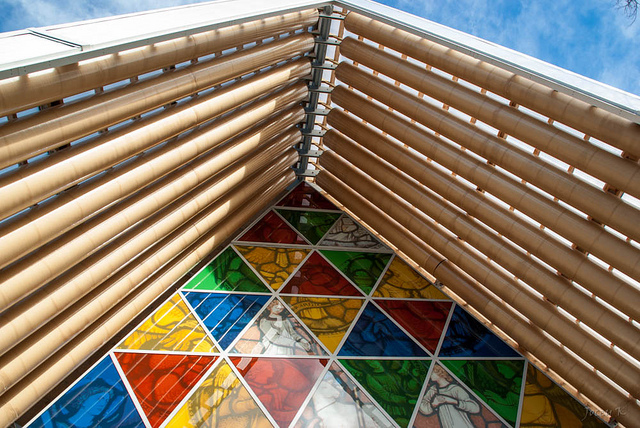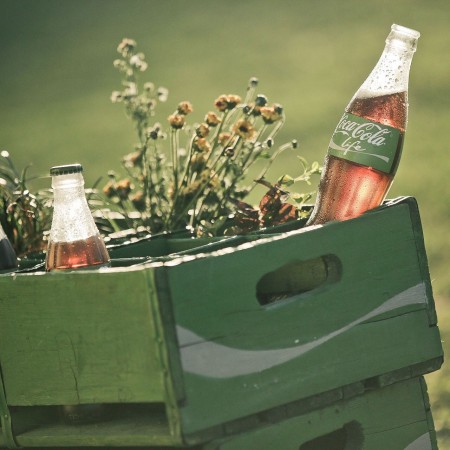
ChristChurch Cardboard Cathedral, the self-proclaimed world’s only cathedral built mainly of cardboard, has opened its doors for services this August.
The cardboard cathedral, located in Latimer Square, Christchurch, will serve as a temporary replacement for the original Christchurch Cathedral. The symbolic cathedral was significantly damaged by the February 2011 earthquake with a 6.3 magnitude. The entire city center was also critically damaged by the massive earthquake.

The Cardboard Cathedral, also known as the “Transitional Cathedral”, was designed pro bono by the renowned Japanese emergency architect Shigeru Ban. Architect Ban was contacted after the original cathedral suffered crippling damage and was asked to design a new temporary cathedral for the area. The Tokyo-born architect, environmentalist, and disaster relief housing specialist has previously worked on a similar project: the “Paper Dome” replacement of the Takatori Catholic Church damaged by the 1995 Great Hanshin earthquake. It was mostly based on low-cost paper tubes.
For the ChristChurch Cardboard Cathedral, Architect Ban used nearly a hundred recyclable and resilient cardboard tubes, interlocked with each other to form a triangular prism. In his website, Architect Ban shared that the structural plan and elevation of the original cathedral set the geometry of the building. Consequently, there has been a gradual change to each angle of the paper tubes.
Each of the tubes measures 20 m long and 600 mm in diameter. According to Huffpost Green, each paper tube contains beams weighing 1,100 pounds each. The tubes are coated with flame retardant and protected by a polycarbonate roof from rain and other elements. The cardboard tubes are further supported by LVL (laminated veneer lumber) inserted beams. The frame of the cathedral was built using steel and timber while the floor itself is made from concrete. Its stained glass design features etched images from the original cathedral’s rose window. Additionally, its walls are formed using eight recycled shipping containers.
In spite of some strong criticisms against its innovative design, the Cardboard Cathedral is considered one of the safest buildings in the city. It is built to last for over five decades, just in time for the permanent replacement cathedral to be completed.
Cardboard can be an ideal building material thanks to its availability, low costs, durability, and strength. Those same attributes make it a valuable material in constructing emergency buildings. The material has been put to use in other innovative ways.
The Cardboard Cathedral has a seating capacity of up to 700 people. It can also be used as venue for events as well as a concert hall. Not unexpectedly, the Cardboard Cathedral has become a tourist destination in the area.
Unlike other typical concrete buildings, the Cardboard Cathedral passes the earthquake code 100%. Architect Ban said,
“The strength of the building has nothing to do with the strength of the material. Even concrete buildings can be destroyed by earthquakes very easily. But paper buildings cannot be destroyed by earthquakes.”





Leave a Comment